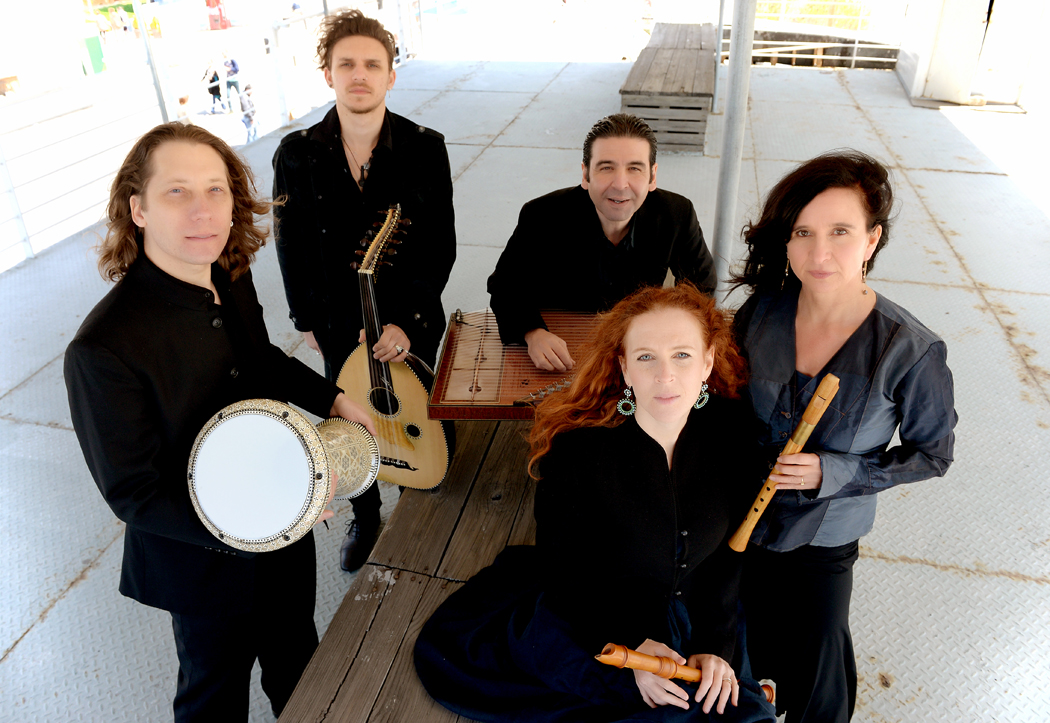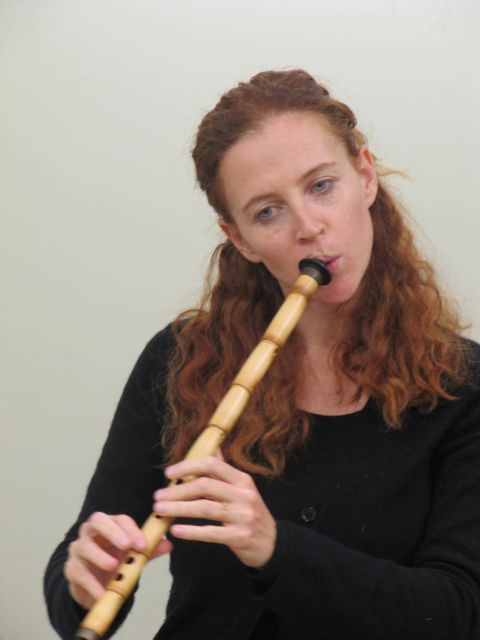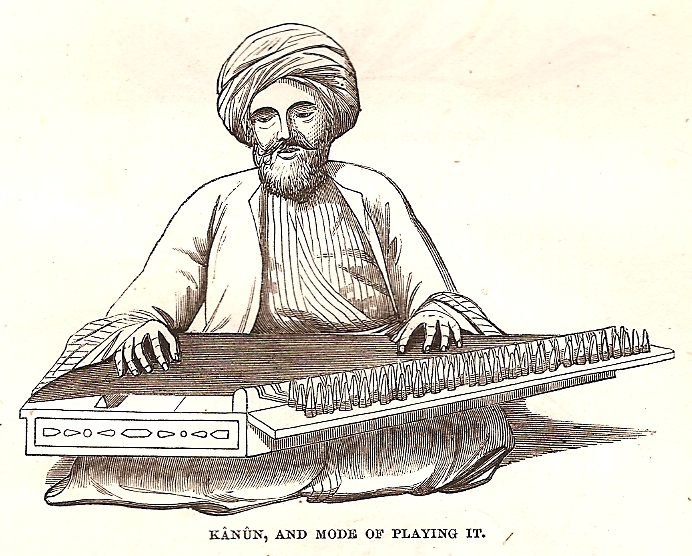Levantera—A Mediterranean Journey—November 21–23
 The Mediterranean Sea has been central to the development of Western Civilizations, from the earliest city states in North Africa, Asia Minor, and the Levant, to the kingdoms, republics and empires of Greece and Rome, and later to their Arabian and Turkish successors. Abundant marine resources supported stable and healthy populations, while the enormous inland sea’s relative tranquility—at least compared to the open ocean to the west—afforded countless reliable pathways for commerce and cultural exchange, as well as conquest and colonization. With almost 30,000 miles of coastline and an astonishing diversity of peoples and languages (at least four of the world’s major linguistic families are well represented), the common threads of culture from Iberia to Istanbul, Macedonia to the Maghreb, offer living testimony to its historical, unifying role.
The Mediterranean Sea has been central to the development of Western Civilizations, from the earliest city states in North Africa, Asia Minor, and the Levant, to the kingdoms, republics and empires of Greece and Rome, and later to their Arabian and Turkish successors. Abundant marine resources supported stable and healthy populations, while the enormous inland sea’s relative tranquility—at least compared to the open ocean to the west—afforded countless reliable pathways for commerce and cultural exchange, as well as conquest and colonization. With almost 30,000 miles of coastline and an astonishing diversity of peoples and languages (at least four of the world’s major linguistic families are well represented), the common threads of culture from Iberia to Istanbul, Macedonia to the Maghreb, offer living testimony to its historical, unifying role.
In music, while there are obvious regional differences in the scales, rhythms, and forms that have developed in different lands, closer examination reveals similarities at least as striking. Clearest perhaps is the region’s shared inventory of musical instruments, including bowed, plucked, and hammered strings, single and double reeds, and flutes, many of which are unmistakable relatives. Consider, for instance, the fretted lute of Europe and unfretted oud of North Africa and Southwest Asia; or that curious, cross-blown flute called a ney in Egypt and a kaval in Serbia; or the kanun of the eastern Mediterranean and its relatives the zither and the psaltery of the Middle Ages in Western Europe. Many of our community’s most admired exponents of medieval music have studied the instruments and practices of Andalusia, North Africa, the Balkans, and the Levant to aid their reconstructions and realizations of Cantigas, Troubadour songs, saltarellos and other works, recognizing that traditions long extinct in European art music have living counterparts in neighboring folk musics and in the classical music of the Islamic world.

The SFEMS 2014–15 concert series opens the weekend of November 21–23 with the West Coast debut of a group that specializes in celebrating these relations. East of the River was founded by internationally renowned recorder players Nina Stern and Daphna Mor (Mor also plays ney, and Stern the chalumeau, an early forerunner of the clarinet). The eclectic ensemble also features acclaimed kanun virtuoso Tamer Pinarbasi, Balkan violin sensation Jesse Kotansky, and Yo-Yo Ma’s “Silk Road Ensemble” percussionist John Hadfield. The group has released two CDs since its founding—the most recent, Levantera (2013), being the source of much of this month’s concert.
Levantera is an apt title, since the word refers to a persistent east wind of the Adriatic. East of the River will trace that wind back to its source, taking SFEMS audiences on a journey from 14th-century England and Italy eastward through the Balkans to Armenia and the Middle East, exploring early songs and traditional dances along the way. The program is designed to create a continuous soundscape, says Daphna Mor, adding that “the transmission of instruments and melodies and meters along ancient trade routes explains the continuities that exist in the music of this admittedly wide geographic area.”
Among the pieces they will perform is the two-voice Petrone, also known as Retrove, from the Robertsbridge Codex, a mid-14th-century English manuscript containing six anonymous instrumental pieces that are among the earliest examples of written counterpoint.
One of the more familiar works on the program is Ghaetta, one of fifteen estampies from a manuscript in London’s British library, a collection of Italian virtuoso solo dances from the late 14th century. Although the score shows only a single melody line, East of the River’s arrangement will feature two recorders, kanun, and percussion.
The concert also will feature several Armenian songs, both sacred chant rendered instrumentally and two works by the Troubadour poet Sayat Nova that have been passed down through oral tradition.
The Arabic rhythm known as sama’i thaquil, in 10/8, will be on display, first in a song from Muslim Spain, then in a song written in the Hijaz mode by the Syrian oud virtuoso Abdel Rahman Jabakji. A group of haunting Greek, Macedonian, Bulgarian, and Turkish folk dances round out the program.
Here is a short video showing East of the River performing at the Gotham Early Music Scene APAP Conference in 2010. While only Nina Stern remains from this earlier, smaller incarnation of the group, it is a good representation of both the beauty of the music they will play and the group’s virtuosity and raw energy.
Performances will take place at 8:00 p.m., Friday, November 21, at First Lutheran Church, 600 Homer Street at Webster, in Palo Alto; 7:30 p.m., Saturday, November 22, at St. John’s Presbyterian Church, 2727 College Ave at Garber, in Berkeley; and 4:00 p.m., Sunday, November 23, at St. Mark’s Lutheran Church, 1111 O’Farrell Street at Gough, San Francisco. Tickets are available online or through the SFEMS box office at 510-528-1725.













